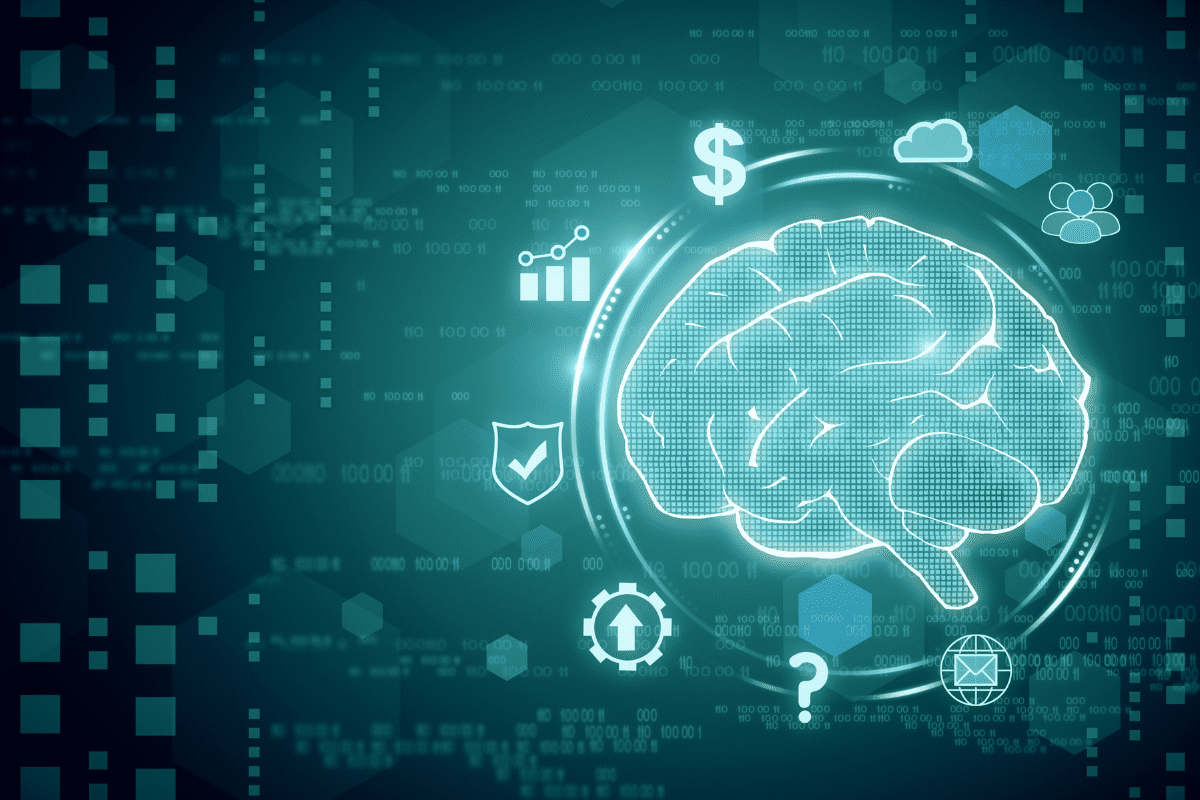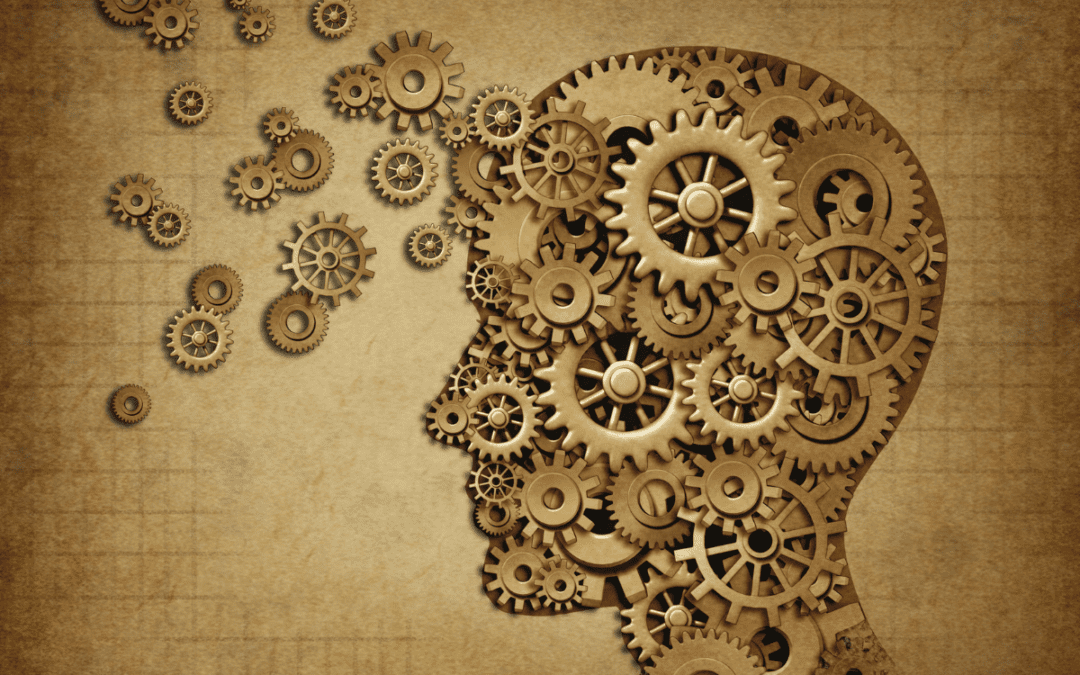I want you to ponder the items in the list below and identify what they have in common:
Steve Jobs, political campaigns, the marketing industry, and cult leaders.
What’s the overlap?
They are all keenly aware that you are not aware of what you are not aware. In other words, you don’t know what you don’t know—but they do. They are masters of your unconscious mind. They have figured out the levers and widgets in the modern-day version of a Jedi Mind trick.
Think about that for a minute. Think about a single day in your life, all of the places where you make critical and seemingly conscious choices. Are you sure they were conscious? As Nobel laureate Daniel Kahneman writes in his book Thinking, Fast and Slow: “We can be blind to the obvious, and we are blind to our blindness.”
Let me ask you a different question—what are the four main factors that influence our willingness to accept an idea? Is it the validity of the idea? Our trust in where it comes from? Nope.
These are the big four:
– 1 –
Make it legible (that’s why my title is in bold ink).
– 2 –
Keep it simple (that’s why I am trying desperately not to use big words).
– 3 –
Make it memorable (that’s why I use alliteration).
– 4 –
Hope you have an easy last name to pronounce (fifty-fifty on this one. It’s pronounced Sar-Kiss).
Surprised that none of the items reference quality of work, analytic acumen, or any other cognitive skill we associate with our conscious mind?
We fancy ourselves deliberate and rational creatures, but the truth is that 95 percent of your brain activity originates from what psychologists now call “the adaptive unconscious.” In other words, our unconscious is a byproduct of adaptation. Turns out, our brains are designed to operate this way. This system, despite its vast invisibility, gets the job done. Usually, order prevails. Yet the era of overestimating the power of consciousness is a thing of the past. As we just saw —with the big four— the unconscious rules the roost.
The unconscious is an integrated network of neurobiological processes that influences virtually every thought, feeling, and experience. We couldn’t survive without it. Without the filter of the unconscious, we’d all end up rocking in the corner. Decisions would collide, memory would be maxed, processing speed would screech to a halt. It would be a horror show of overload.
You can’t have a conscious thought that hasn’t been influenced by our unconscious; its tentacles are everywhere. It’s filtering and filling in the gaps as it funnels data towards consciousness. In the unconscious, there is no doubt or uncertainty. That’s a function of the analytic conscious mind. The unconscious feels like intuition, behaves like certainty, and presents as conviction. It also has a hair-pin trigger. Before you could ever reason your way to a decision, the unconscious has shaped your trajectory. Not to mention, this is also the birthplace of creativity and innovation. Nothing revolutionary has ever been accomplished without the influence of the unconscious—but there’s a rub.

Much of how we make decisions is based on the premise that we have sufficient and accurate information to deliberate. The people I work with pride themselves on being damn good decision makers. And they are, at the conscious level. But consider this: What factors shape how we determine if information is true or factual? Do you think it’s from careful consideration of all the data on the topic? Or by seeking the wise counsel of a cadre of experts? Nope. In the unconscious, familiarity is not distinguished from fact. Neurobiologically, frequency is what drives information from the unconscious towards awareness, not fact or truth. Remember the whole false news campaign in the 2016 election? Well, that is the perfect example of how this principle plays out on a global level. Turns out, fact or fiction barely even enters the equation before you have made unconscious calculations that can turn the tides of time. That’s a pretty thin line—thin enough to be crossed by advertising dollars.
Add to this complexity the fact that we each have our own unique psychologies, which interact and influence our unconscious patterns. Sapiens are fragile creatures. We are easily bruised, emotionally and psychologically. And we bruise others. These wounds shape us. They add tendencies, patterns, and flavors to our unconscious dynamics.
Personally, I have yet to meet someone without an unconscious pattern of sabotage at the epicenter of their psychology, present company included. Until you understand this aspect of your psyche, you will endlessly orbit around your self-defeating patterns, blind to your own blindness. As Leonard Mlodinow states in his groundbreaking book Subliminal: How Your Unconscious Mind Rules Your Behavior, “We are highly invested in feeling different from one another—and superior—no matter how flimsy the grounds…and no matter how self-sabotaging that may end up being.”

Why does this matter so much? For starters, we can no longer afford to entertain the myth of agency. Our conscious mind does not run the show. The evidence to the contrary is simply too compelling to ignore. Given this knowledge, the question to ask ourselves in times of deliberation shifts from “what do I know for certain?” to “what don’t I know? What am I not seeing? Where am I blind?” Furthermore, none of this information is a secret. There are industries, campaigns, and people who leverage the power of the unconscious in their favor every day. Most of us are sheep—or sheepish—and entirely oblivious to our blindness. We do not know what we do not know. This is yet another compelling argument for why every organization should have a Chief Performance Officer in the mix.
The good news is, with knowledge, introspection, and practice, you can not only learn to spot your own unconscious patterns, you can also learn to spot when others are trying to use them against you.







Good afternoon. So, the number of times one hears a message will override whether is is actually a fact. This explains why People start to believe ad campaigns that are actually false. This explains why positive self talk is so important. Is that what you’re saying in this article?
Seems like neuroscientists are thinking of this more in terms of the amygdala reading the threat-opportunity level then the cerebral cortex responding. Thinking of it in terms of tuning my limbic system I’m able to use strategies to question the emotional response and validity of my initial thoughts. Over time I’ll be less resistant to reality. Labeling, judging and character assassination will occur less as I feel less defensive. Is this the “unconscious mind” or do I have to also worry about that part???